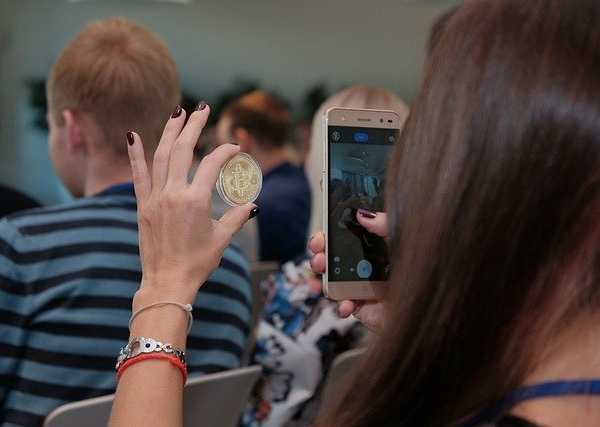Most cryptocurrencies center their strategies on a decentralized structure that improves communication with users. In this approach, the cryptocurrency community may make decisions for the good of the currency as a whole. The gaming industry, the NFTs region, and Blockchain technology are where its effects are most well-known, although it has spread elsewhere as well. Web 3.0, however, is to blame for this decentralization of systems. Web 3.0, commonly referred to as the third generation internet, is the subsequent iteration of the World Wide Web. It offers a machine-based understanding of data to create a Semantic Web that is data-driven, ultimately giving users a more intelligent and interconnected web experience.
Even though Web 3.0 has brought about significant technological progress and decreased the degree of centralization occurring worldwide, there is room for improvement. The one-of-a-kind cryptocurrency Feed3 (FD3) has uncovered some bugs that, if fixed, would make the system more reliable and effective.
What Solana (SOL) the Anatoly Project Has to Offer
The Solana blockchain and its native cryptocurrency, Solana (SOL), offer lightning-fast transaction times and low transaction costs. Solana was founded in 2017 by software programmer Anatoly Yakovenko, and after three years of development, the platform and token were released. In the cryptocurrency market, Solana is often compared to Ethereum. Like Ethereum, Solana facilitates the development of dApps, which are similar to conventional programs like Twitter and Robinhood but eliminate intermediaries by leveraging blockchain technology.
Although the fees associated with using Solana are said to be lower than those of other cryptocurrencies, there is still a cost associated with using Solana to send transactions or execute smart contracts. These blockchain-based computer programs eliminate mediators in digital financial dealings. More complex apps on Solana, including financial apps or music streaming apps, are built on top of smart contracts. Like other blockchains, Solana relies on a consensus method to ensure the integrity of its network, which is also used in the staking process. If you wish to assist the cryptocurrency network by acting as a “validator,” you can “stake” some of your SOL, or lock it up, to do just that.
What Algorand (ALGO) Brings to the Table
The cryptocurrency Algorand is based on a blockchain system called proof-of-stake. At the time of its 2019 debut, Algorand issued a maximum of 10 billion Algorand (ALGO) tokens. ALGO is the name of Algorand’s native cryptocurrency. There are still a lot of coins that are being held behind bars.
One of the most intractable issues with cryptocurrencies is their inability to scale, but Algorand (ALGO) intends to change that. To prevent anyone from creating tokens out of thin air without any real value, Algorand uses a revolutionary, more scalable type of “proof-of-stake,” a consensus method essential for blockchain security. Users that stake some of the network’s native money (by locking tokens in a smart contract) can validate transactions and produce new blocks on the proof-of-stake blockchain. Validators are rewarded with interest on the staked assets they use to verify transactions.
Algorand’s consensus mechanism selects a block proposer and a set of voting committees during each block round to propose a block and validate the proposal. Token holders (the accounts that hold ALGO) are pooled together to elect the proposer and committees, with each account’s chance of being selected based on its stake in the network.
Consensus allows ALGO holders to propose and vote on new blocks, and holders can sign up to participate by registering their wallets. If information is to be stored on the blockchain, …….
